How Lightsabers Work In Star Wars
We go over exactly how lightsabers work in Star Wars
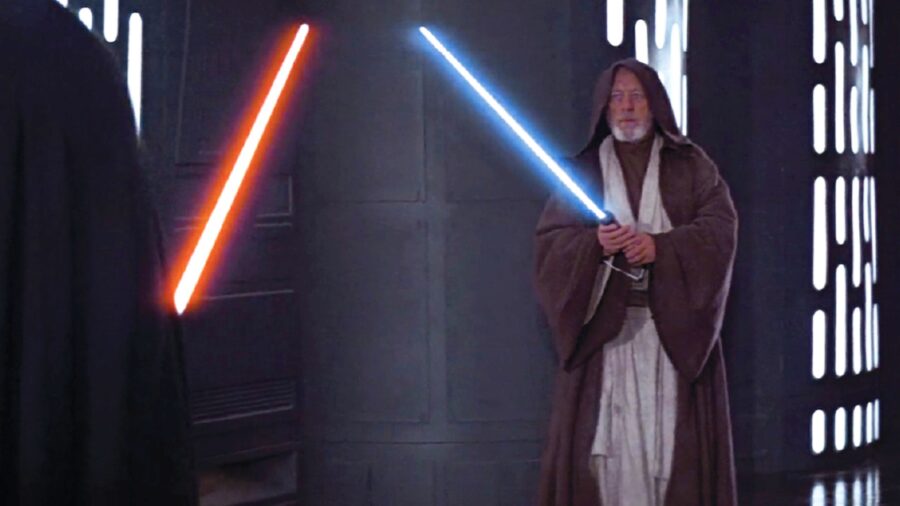
As cool as Star Trek‘s phasers are, or the sonic screwdriver from Doctor Who, there’s really only one Sci-Fi weapon that will instantly turn any grown adult holding one into a child: the lightsaber. So how do the weapons work? The short answer is that lightsabers use the force-attuned Kyber crystals to create blades of plasma, but that isn’t the entire story.
The lightsaber is the weapon of choice for force users throughout the Star Wars universe. It consists of a (usually metal) tube with a button on the side that, when pressed, causes the saber to emit a roughly meter-long blade of pure energy. Some–including George Lucas himself–have referred to the weapon as a laser sword, but plasma sword would be more accurate.
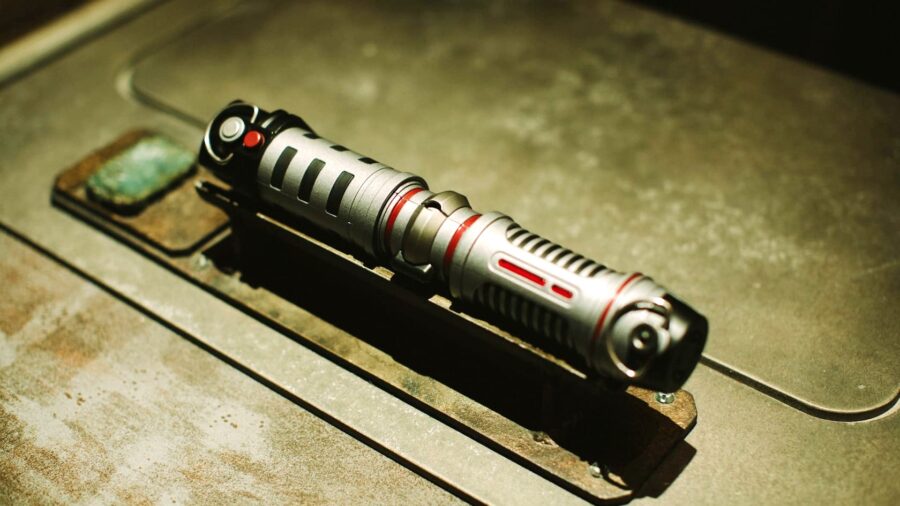
The handle or “hilt” of the lightsaber contains everything that makes Star Wars’ most famous weapon work. Most Jedi, when constructing a lightsaber, will choose some kind of metal for the hilt, but other materials have been used occasionally, even wood. The design of the hilt can range from plain and functional to elegant and ornamental, depending on what kind of look the wielder prefers.
The outside of the hilt usually consists of a grip, an activation switch, and an emitter. The grip is where the Jedi or Sith hold the lightsaber with either one or two hands. Depending on the design, the grip is usually ribbed or covered in rubber pieces to make it harder for the wielder to drop it or have it forcibly taken from them.
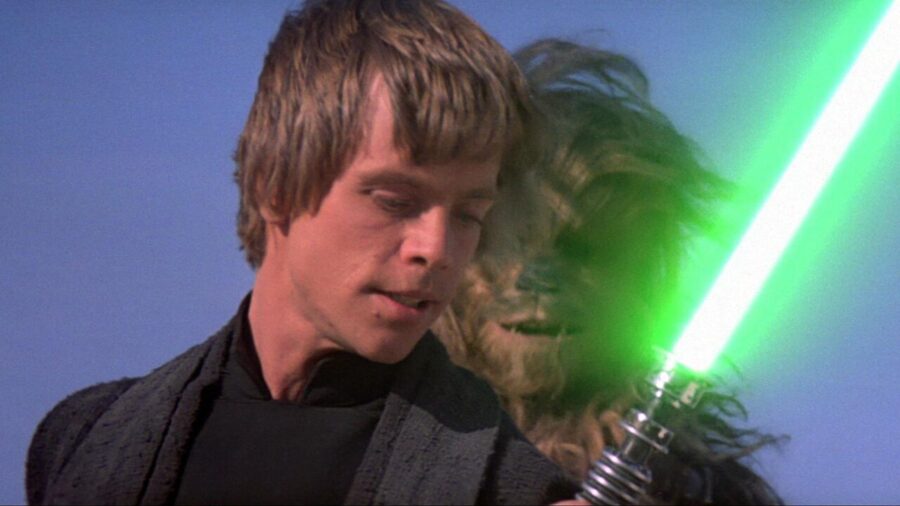
The activation switch is usually a button or a sliding switch that, when pressed or slid, makes the blade appear and disappear. On many lightsabers like the one used by Luke Skywalker in Star Wars: Episode VI-Return of the Jedi, the emitter is a disc shape located at the end of the hilt. Sometimes the emitter is simply a hole at the end of the hilt, like the saber used by Luke in A New Hope and later Rey in Disney’s sequel trilogy.

With that style of hilt, there is usually an emitter shroud or small hood on the same side of the handle as the activation switch.
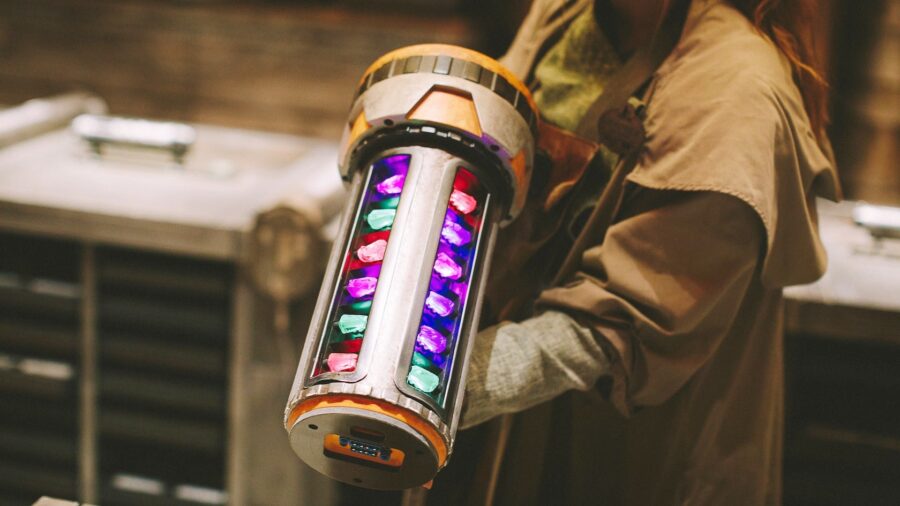
Inside the hilt is everything that makes the lightsaber function, including the heart of the weapon, the kyber crystal. Kyber crystals are crystals attuned to the Force that grow naturally on various planets throughout the Star Wars galaxy. The crystals are primarily used to power lightsabers but have also been used inside massive planet-destroying weapons such as the first and second Death Star and Starkiller Base.
According to Wookieepedia, Kyber crystals grow clear and only gain color when chosen by a Jedi. Most crystals become blue or green resulting in the bulk of the lightsabers seen onscreen throughout the Star Wars franchise. Other variants include the black crystal used in the Darksaber, yellow, like the lightsaber Rey Skywalker ignites at the end of The Rise of Skywalker, and the purple crystal that powers Mace Windu’s saber in the Star Wars prequels.
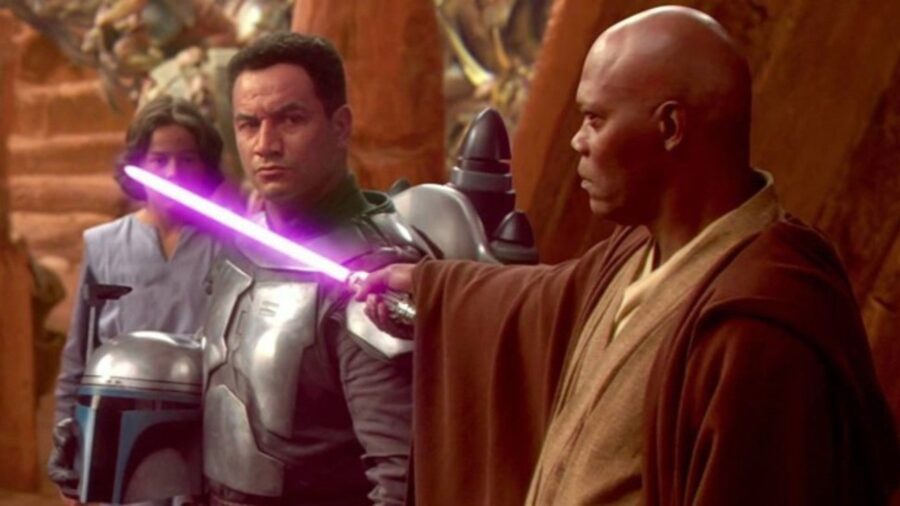
Kyber crystals are naturally attuned to the light side, making the red crystals that power the blades of the Sith and other dark side force users an anomaly. Much like everything involving the Sith, their red Kyber crystals are unnatural and can only be obtained by “bleeding” a Jedi’s Kyber crystal, a process where the crystal is overwhelmed by the Sith’s hatred and lust for power until it is corrupted and “bleeds” red.
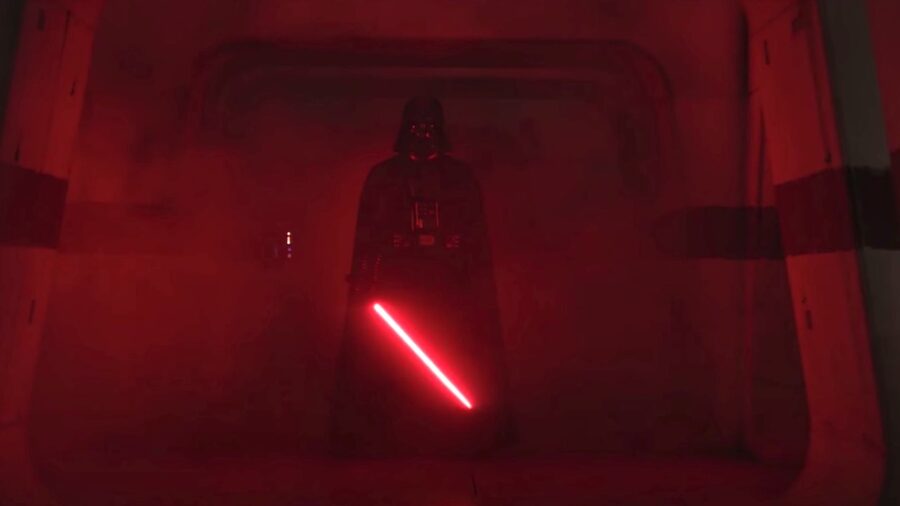
Conversely, corrupted crystals can be healed by a Jedi with enough resolve. The process results in a white blade like the ones used by Ahsoka Tano.

A power cell located at the bottom of the hilt in the pommel generates the energy that is then forced through the Kyber crystal. Smaller focusing crystals help to focus the energy as it’s refracted by the Kyber crystal. The energy then goes through the cycling field energizers and energy modulation circuits and finally through an energy gate and out of the emitter.
Some lightsabers have switches to adjust the length and power of the blade, but this feature is never actually shown in any of the Star Wars films.
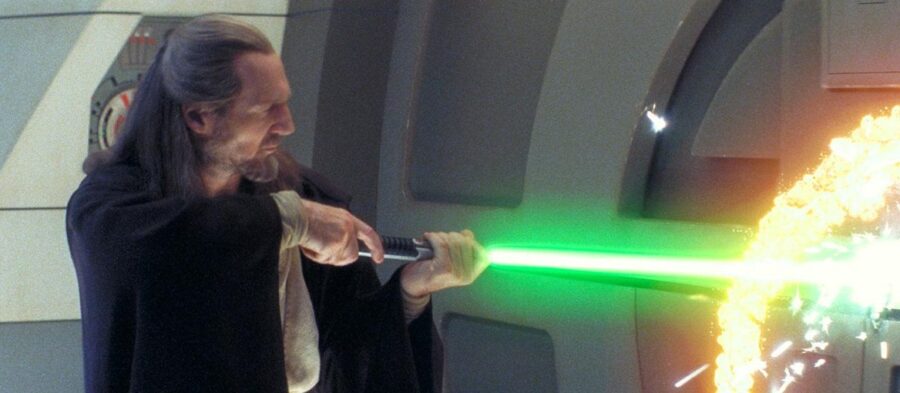
The lightsaber’s plasma blade is capable of cutting through most materials in the Star Wars universe. That includes the plastoid armor of Stormtroopers, blast doors, and other structures made out of durasteel, and of course flesh and bone. Worth noting most lightsaber wounds don’t bleed thanks to the weapon’s ability to cauterize any flesh it cuts through instantly.
Certain materials, like the Beskar alloy used to make Mandalorian armor, can resist the blade of a lightsaber. Other materials, such as Phrik used to construct the weapons of General Grievous’ Magnaguards, are resistant to lightsabers if not completely immune.
Lightsabers in the Star Wars universe come in many varieties ranging from the double-bladed lightsaber favored by Darth Maul to the Shoto, a short-bladed weapon usually used as a secondary saber in conjunction with a normal-sized blade. Occasionally a smaller Jedi, like the diminutive Master Yoda, might use the smaller Shoto as their primary weapon.
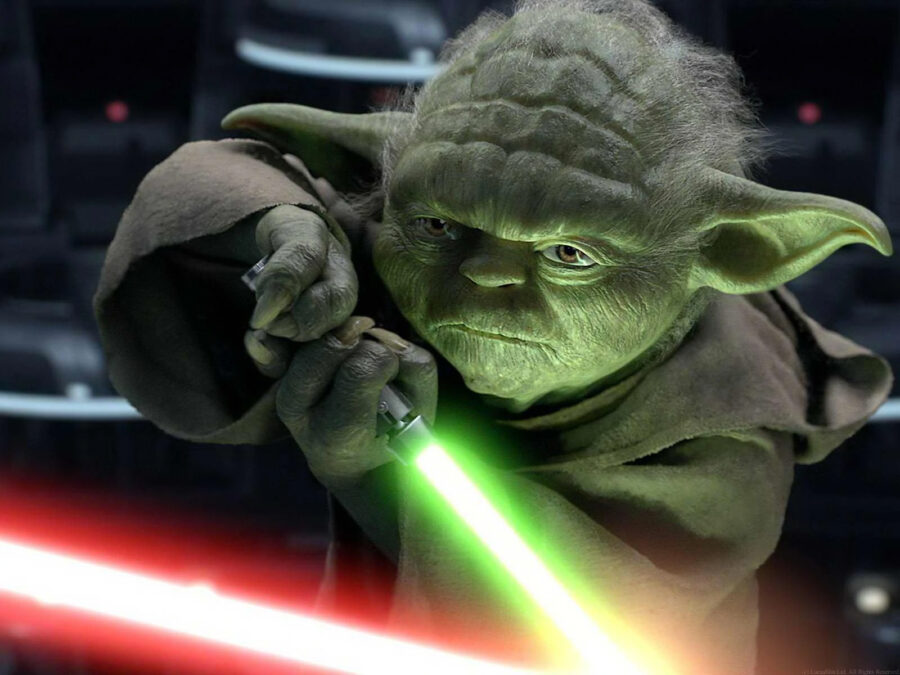
Lightsabers have been ripped off and copied by various other franchises since the weapon’s debut in Star Wars: Episode IV-A New Hope in 1977. Everything from Halo‘s plasma sword to Marvel’s Photon Sword has tried to copy or pay homage to Star Wars laser sword. When it comes to badass glowing blades, however, nothing will ever beat the original lightsaber.
As Obi-Wan Kenobi once put it, the lightsaber is, “A more elegant weapon for a more civilized age.” Or, to put it another way, woooosh, woooosh!












